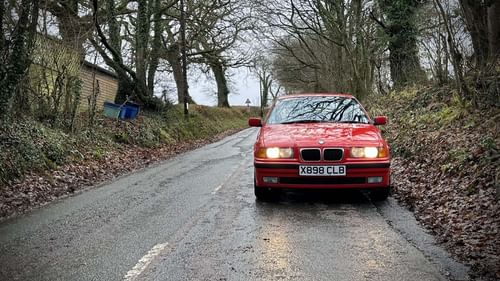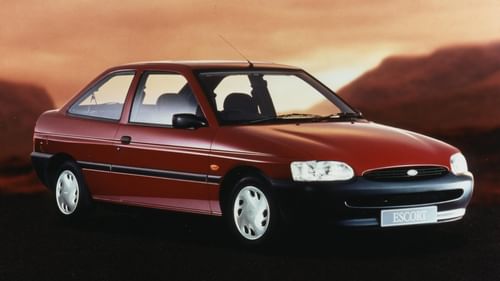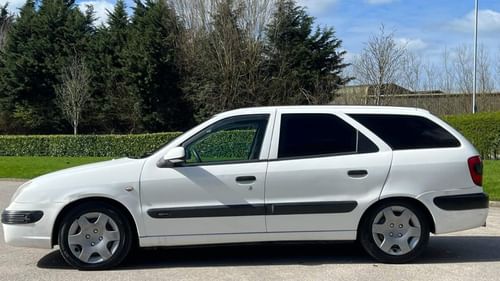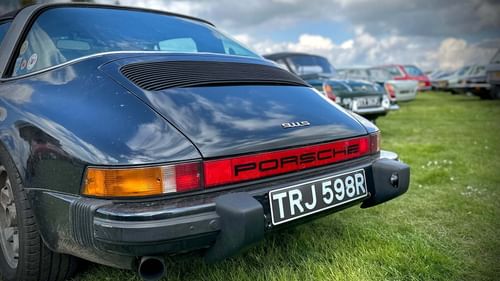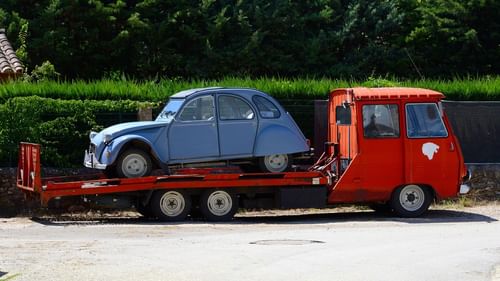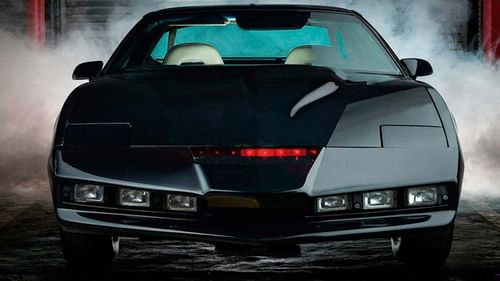Michelin's ultimate road trip
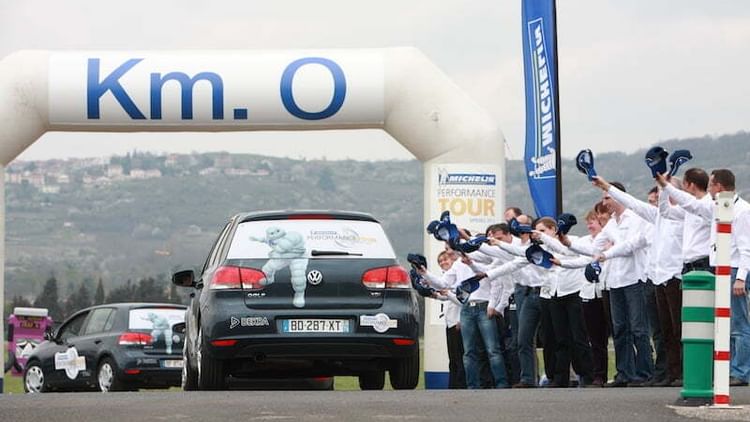
Michelin Tyres recently commissioned the ultimate road trip to test the performance of its new Energy Saver+ tyre.
How often do you sit in the office and daydream about being on a road trip? For me it's a regular occurrence which happens on average about three times a minute. Normally it's a daydream about a perfectly balanced sports car, on a gloriously smooth piece of winding tarmac either on the Mediterranean coast or somewhere high up in the Alps.
Truth be told though, I'd be just as happy spending my days driving around continental Europe, taking in the sights and experiencing all that is good about our continent.
So you can imagine what the good folk at DEKRA thought when they had a call from Michelin. I'd imagine the conversation went something like this;
"Hello, it's Michelin here. We'd like you to take five identical Volkswagen Golfs on a 30,000km road trip around Europe. You can start driving on the 5th April and we don't expect to see you again until the 20th June. What do you think?"
To which the man at DEKRA, probably stroking his chin, would have replied;
"Hmm. A road trip, eh? Well we're pretty tied up with admin and accounts at the moment, but at a push I think we could fit you in. We might need to juggle a few diaries, but yes, we'll do it."
The man at DEKRA would then put down the receiver, at which point somebody in the office would have let off a party popper, the entire team would have put on party hats and proceeded to do the conga around the office to the tune of Hawaii Five-0.
Let's face it, opportunities like this don't come along too often. A major tyre company paying you to go on a 30,000km drive across Europe and giving you the best part of three months in which to do it. Nice brief.
The thing is though, the road trip was serious business. DEKRA is probably one of the biggest automotive firms you've never heard of. Based in Stuttgart, the firm employs over 30,000 people and is primarily involved with the inspection and testing of vehicles and electrical installations. It effectively handles the equivalent MOT tests in continental Europe and is largely inactive in the UK. In fact, the only exposure you'd have had with DEKRA would be seeing the company as Michael Schumacher's main sponsor in the mid 1990s as well as the firm's sponsorship of German Touring Cars.
Michelin's brief to DEKRA was to test its new range of Energy Saver+ tyres against the current products from the main premium brand competitors in real world conditions. This included the Bridgestone Ecopia, Pirelli Cinturato P1, Continental PremiumContact 2 and Goodyear EfficientGrip.
Tyre test days and corporate videos are all well and good, but it's the performance of a tyre across its lifespan that really matters. How will it perform in the wet? In extreme heat? On corners? On pitted mountain roads? In snow? Under heavy braking? And crucially, how does the performance drop off as the tyre gets older? Hats off to Michelin, a test such as this really is the ultimate quality barometer and is the longest tyre test ever conducted. Michelin was either incredibly confident in its Energy Saver+ or incredibly brave.
The test route started in Clermont-Ferrand, France and passed through 25 countries before finishing in Stockholm, Sweden. Temperatures ranged from 35ºC in France and Germany and dropped as low as freezing in Bilbao, Spain.
The Golfs reached speeds of 160km/h on the German Autobahns and heights of 2,500ft in Andalusia. But despite the extremities, the Golfs were driven at normal speeds, on normal roads under normal driving conditions. A real world test of real world tyres (195/65 R16).
To ensure accuracy, the tyres were swapped from car to car, but kept in the same wheel positions on the car, every day. Fuel consumption was strictly monitored, along with the temperature, weather conditions and average speed. A wet braking exercise was carried out at 18,000km. The Michelin Tyres Performance Tour 2012 graph shows the entire route and conditions.
The results were highly favourable for Michelin.
Wet braking
Under wet braking, the Michelin Energy Saver+ stopped an average of 1.2m shorter than the other tyres. A Michelin Tyre will also shorten braking distances by up to 16m on a wet road compared with a tyre meeting the minimum rating under the new tyre labelling system (more on this soon).
Fuel consumption
The average fuel consumption was 5.5 litres per 100km. This was based on an average speed of 82km/h and temperature of 17ºC.
Lifespan
Based on the remaining tread depth at the test route's completion in Stockholm, the expected life of a Michelin Energy Saver+ is 47,000km. This is some 9,300km more than the competitors. A quick word on this though, the figure is based on the legal limit of 1.6mm, whereas I'd recommend changing your tyres earlier, perhaps at 3mm.
It was surprising to see that the Continentals would last 11,700km less than the Michelins. although it should be pointed out that the PremiumContact 2s have recently been replaced by the PremiumContact 5s which are getting favourable reviews.
Fuel economy
The test suggests that 211 litres of fuel would be saved over the entire life the tyre if choosing Michelin Energy Saver+ over a tyre that meets the minimum standards, an improvement of 60 litres over the previous Energy Saver.
An altogether impressive performance, although I can't help feeling that Michelin missed a trick in the test. It's all very well lining up like-for-like competitors, but surely a budget tyre should have been included? For sure, if someone is considering a Michelin, it's unlikely they'd be looking at budgets. But on the other hand, a test like this may just convert a few people who persist with the false economy represented by budget tyres. Just my two penneth.
But whatever, if you are in the market for new tyres, please consider more than just the price of the rubber. Ask your local tyre fitter or consult an independent review site such as Tyre Reviews. A few pounds saved in the short term might turn out to be a whole wad of cash wasted in the long term. It's worth remembering that tyres account for 20% of the fuel that your car uses. That's one full tank for every five times you fill up. Makes you think doesn't it? It's where the likes of the Michelin Energy Saver+ come in as they've been specifically developed to reduce rolling resistance and therefore decrease drag.
Of course, you can maximise your fuel economy simply by regularly checking your tyre pressures and choosing the right rubber for your car.
Oh, before I close, a quick message for Bibendum and his team. If you're reading this, I'd like to put my name forward for the road trip should you ever do it again. I can make myself available for a few months next year and am quite happy putting up with a few Alpine passes and coastal back roads. Cheers.
To view a snapshot of the 30,000km test in a little over three and a half minutes, have a look at the video.
For more information on Michelin Energy Saver+, have a look here.



